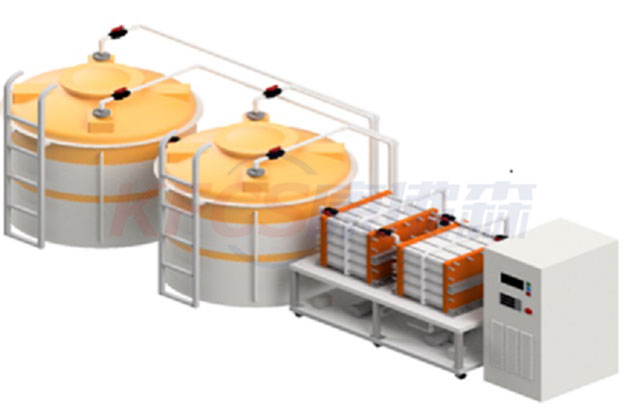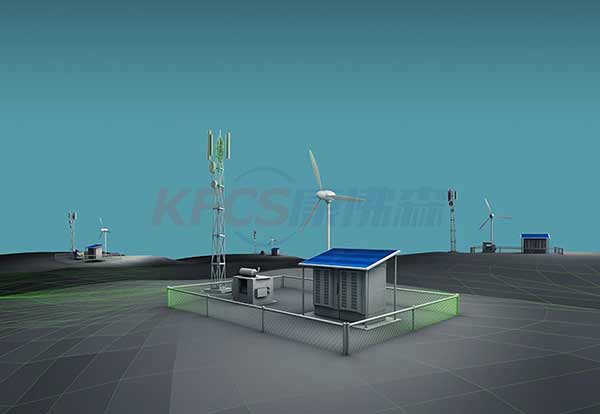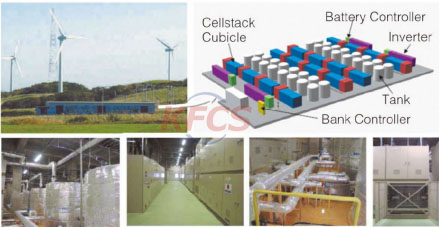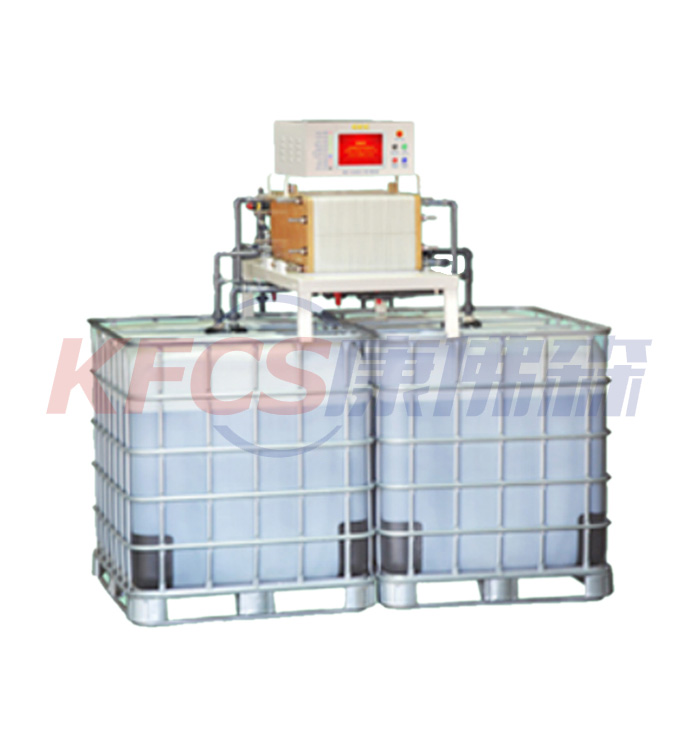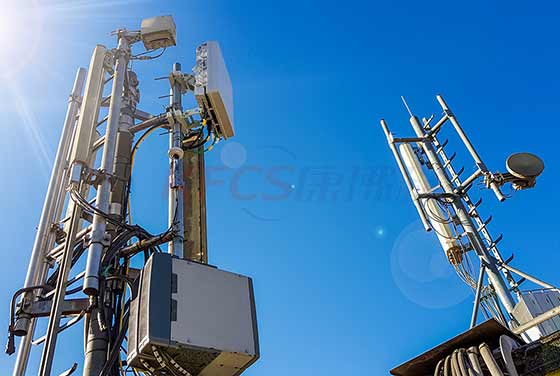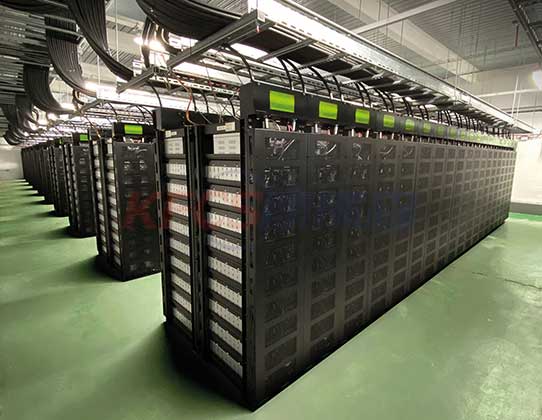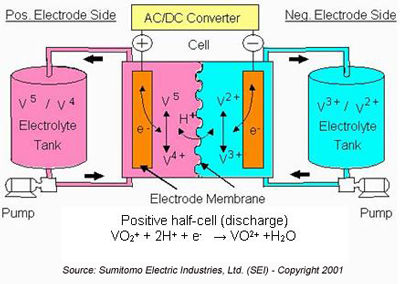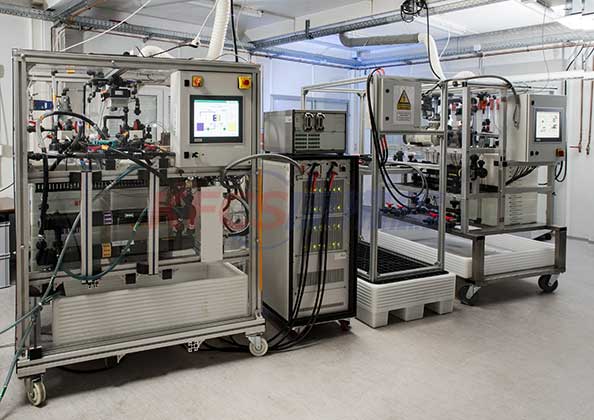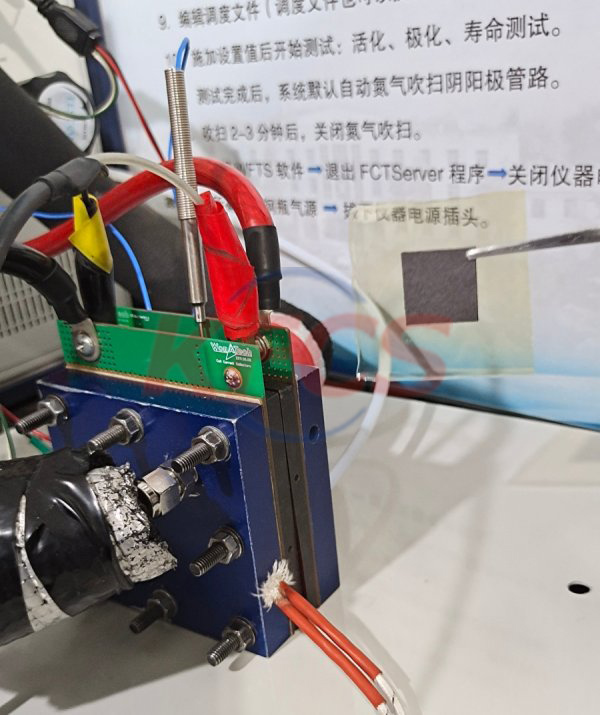Imperial College / University of Edinburgh natural communication: development of efficient aqueous organic redox flow batteries!
Redox flow batteries (RFBs) using aqueous organic electrolytes are promising candidates for the development of cost-effective grid level energy storage equipment. However, a significant disadvantage of these batteries is the cross mixing of active species through the membrane, which will lead to battery performance degradation.
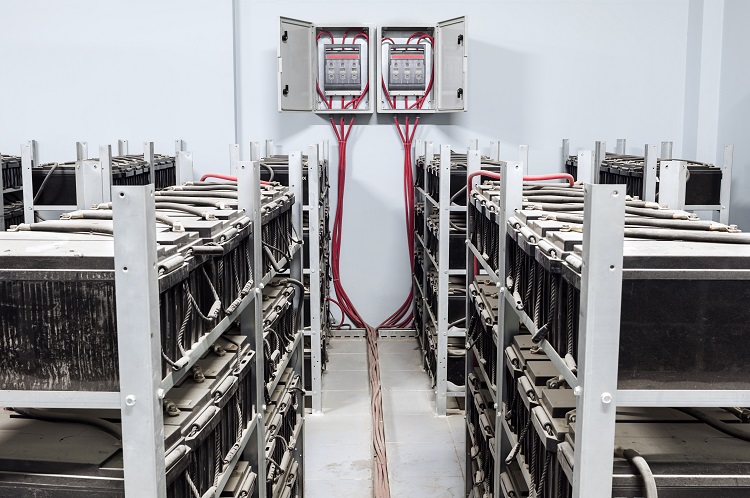
In view of this, qlei song of Imperial College of technology and Neil B. McKeown of the University of Edinburgh reported the size selective ion exchange membrane prepared by sulfonated spiro difluorinate based microporous polymer, and demonstrated its high-efficiency ion screening function in liquid flow batteries. Spirodifluorene units allow the degree of sulfonation to be controlled to optimize cation transport, while microporous structures inhibit the crossover of organic molecules through molecular sieves. In addition, the enhanced membrane selectivity reduces the capacity attenuation caused by crossover, while maintaining good ionic conductivity in electrolyte aqueous solution with pH value of 9, in which organic molecules with redox activity show long-term stability. The author also proved that the membrane promoted the energy efficiency and peak power density of the aqueous redox flow battery, which showed stable operation for about 120 hours in a laboratory scale battery (i.e. 2100 charge and discharge cycles at 100 Ma cm -2).

